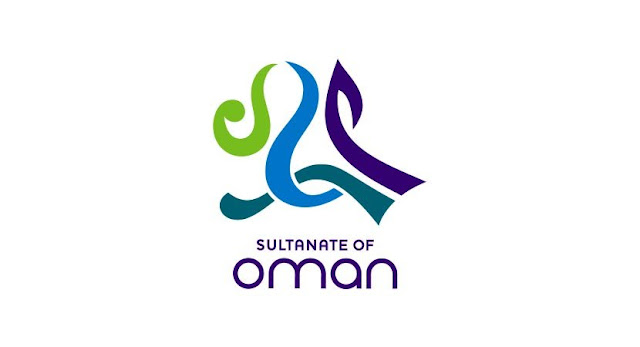Hospitals, BMC and Citizens of Maharashtra need to work together to avoid another Swine flu outbreak: AOH
by Shrutee K/DNS
Mumbai, 16th August, 2017: Swine flu which
is
a respiratory disease caused by influenza viruses hits back with an
increase in the number of patients affected by the H1N1 virus in Maharashtra.
The state has recorded the highest number of swine flu deaths in the country
this year with a 13-fold rise from last year.
In such situations due to the rise in number of patients there should be
adequate amenities in hospitals in order to serve the infected in a better way.
The BMC and hospitals should together initiate awareness campaigns in order to
create more and more awareness about the disease before it’s too late. The
disease lasts about 3 to 7 days with more serious infections lasting about 9 to
10 days.
Dr. PM Bhujang,
President, Association of Hospital while suggesting measures said, “The World Health Organization (WHO) declared the
H1N1 pandemic over in August 2010. Since then, the H1N1 virus has been known as
a regular human flu virus. Swine flu, also known as the H1N1 virus, is a
relatively new strain of an influenza virus that causes symptoms similar to the
regular flu. One of the many reasons for the cause of the spread is changing
climate and the fluctuating temperatures in the state and city. Vaccination facilities, availability of
medicines should be made available so that infected can get immediate treatment.
Like the regular flu, swine flu can lead to more serious problems including
pneumonia, a lung infection, and other breathing problems. And it can make an
illness like diabetes or asthma worse. A collaborative effort by the BMC,
hospitals and the masses is a must so that this virus does not spread at the
pace at which it is infecting people. ”
The symptoms of Swine Flu are pretty much the same as seasonal flu. An individual should consult a doctor and get
themselves checked if they are having any of these conditions: Cough, Fever, Sore
Throat, Stuffy or runny nose, Body aches, Headache, Chills and Fatigue. Some
people are at higher risk for becoming seriously ill if they’re infected with
swine flu. These groups include:
Adults over age 65
Children under 5 years old
Young adults and children under age 19 who are
receiving long-term aspirin (Bufferin) therapy
People with compromised immune systems (due to a
disease such as AIDS)
Pregnant women
People with chronic illnesses such as asthma, heart
disease, diabetes mellitus, or neuromuscular disease
Highlighted
below are some precautionary steps one should take to recover and avoid the spread of the
disease:
First and foremost one should immediately consult a
doctor to avoid delay in treatment
Wash hands constantly to avoid swine flu. Anything
you touch may be affected, so keeping hands clean will help you avoid
infection.
Avoid close contact with anyone who is coughing,
sneezing, or has other flu symptoms.
If you have knowledge of a swine flu case in your
community avoid large group gatherings and public transportation
Make sure you take rest and have plenty of fluids
and healthy food
Don’t take medicines without the doctor’s
prescription
Avoid travelling if you have flu symptoms
If you contract the virus get to the doctor immediately
and doctors may prescribe Tamiflu or Relenza. These antiviral medicines will
halt the progression of H1N1 or Swine flu virus
About Association of Hospital: The
Association of Hospitals has been formed under the Memorandum dated August 6,
1985 and is registered under the Societies Registration Act, 1860. The
Association is also registered under Maharashtra Public Trust Act, 1950 as
Public Charitable Trust with the office of Charity Commissioner, Maharashtra
State. Presently there are 50 members of the Association and all of them are
Public Charitable Trust Hospitals registered under Maharashtra Public Trust
Act, 1950 with the concerned offices of Charity Commissioner, Maharashtra State
depending upon the Jurisdiction. The members being not-for-profit charitable
hospitals render yeomen service to the public and bear a major share of
healthcare service to the people.



Comments
Post a Comment